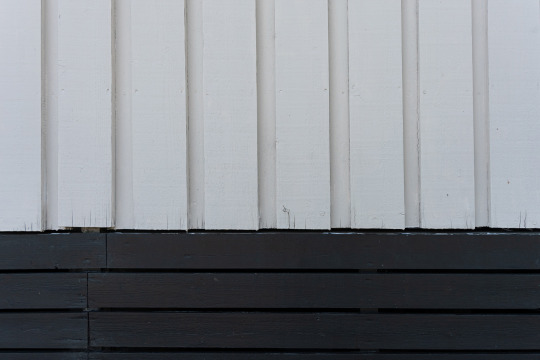Don't wanna be here? Send us removal request.
Text
How Stucco Siding Performs in Extreme Weather
Stucco siding has long been praised for its aesthetic appeal, energy efficiency, and affordability—but how does it really stand up to the challenges of extreme weather? In a time when climate unpredictability is on the rise, this question is more important than ever. Whether you live in the sweltering heat of the South or an area prone to hurricanes and heavy rainfall, understanding how stucco siding performs under pressure is essential.
In this article, we’ll explore how stucco siding handles high temperatures, humidity, heavy rain, wind, and even freezing conditions—while helping you decide if it’s the right exterior choice for your home.
What Is Stucco Siding?
Stucco siding is a durable and versatile material made from a mixture of cement, sand, lime, and water. Once applied to walls, it hardens into a long-lasting finish that can be textured or smoothed depending on the design preference. It has been widely used for centuries and is especially popular in areas with hot, dry climates such as the American Southwest and parts of Florida.
Stucco siding is typically applied in multiple coats over a lath base, which helps reinforce the structure and prevent cracking.
Stucco Siding and Heat Resistance
One of the most impressive qualities of stucco siding is its resistance to high temperatures. In places like Arizona, Texas, and Southern California, where summer temperatures regularly exceed 100°F (38°C), stucco performs exceptionally well.
Thanks to its dense structure, stucco acts as a natural insulator, helping to keep interior temperatures cooler. According to the U.S. Department of Energy, homes with proper stucco siding can reduce indoor cooling costs by up to 25% during peak summer months when paired with energy-efficient insulation.
Furthermore, stucco does not warp or melt under intense sun exposure like some vinyl sidings do, making it a great long-term option in hot climates.
Performance in Humidity and Rain
Stucco siding also handles humidity quite well—when installed correctly. In states like Florida, where humidity levels can stay above 70% year-round, moisture infiltration is a major concern. Traditional stucco is breathable, meaning it allows moisture to evaporate rather than becoming trapped inside the wall.
However, poor installation or lack of moisture barriers can lead to problems such as:
Mold and mildew growth
Staining
Stucco delamination or bubbling
To prevent these issues, modern stucco systems often include a drainage plane or weep screed that helps channel moisture away from the structure. When applied professionally and maintained regularly, stucco siding can last 50 to 80 years even in damp, coastal climates.
Stucco Siding and Hurricanes
Florida, Louisiana, and other Gulf Coast regions are no strangers to hurricanes. Stucco siding’s performance in these high-wind, heavy-rain events depends largely on its installation and the structural integrity of the home.
Properly installed stucco, especially over concrete block (common in Florida construction), can resist wind speeds of up to 120 mph without failure. However, if applied over wood framing without sufficient reinforcement, stucco can crack or detach in intense storms.
To boost storm resilience, contractors recommend fiber-reinforced stucco or adding an elastomeric coating that provides additional flexibility and water resistance.
Handling Freezing Conditions
While stucco is best known for thriving in warm climates, it can also be used in colder regions—but with precautions. In areas with freeze-thaw cycles, such as the Midwest or Northeast, moisture can seep into cracks in the stucco, freeze, expand, and cause the surface to deteriorate.
To prevent this:
Use acrylic-modified stucco for added flexibility and crack resistance.
Ensure proper slope and drainage to prevent water from sitting on the surface.
Seal any hairline cracks promptly before winter arrives.
When maintained properly, stucco siding can withstand freezing temperatures and still retain its strength and appearance for decades.
Maintenance Tips for Longevity
To ensure your stucco siding holds up in extreme weather:
Inspect annually for cracks, chips, or bubbling.
Clean with a gentle power wash every 1–2 years to remove dirt and mold.
Repaint or reseal every 7–10 years, especially if your region experiences high UV exposure or heavy rain.
Address water damage quickly, particularly around windows and doors.
Regular maintenance not only prolongs the life of your stucco but also enhances your home’s energy efficiency and curb appeal.
Final Thoughts: Is Stucco Siding Right for You?
Stucco siding is one of the most weather-resilient and low-maintenance exterior finishes available today. Its ability to insulate against heat, repel moisture, and withstand wind makes it ideal for a wide range of climates—from hurricane zones to desert heat.
However, as with any building material, the key to longevity and performance lies in professional installation and routine care. If you're considering stucco for your next project, be sure to work with licensed, experienced stucco contractors who understand the local climate challenges.
When installed and maintained properly, stucco siding not only stands up to extreme weather—it thrives in it.

1 note
·
View note